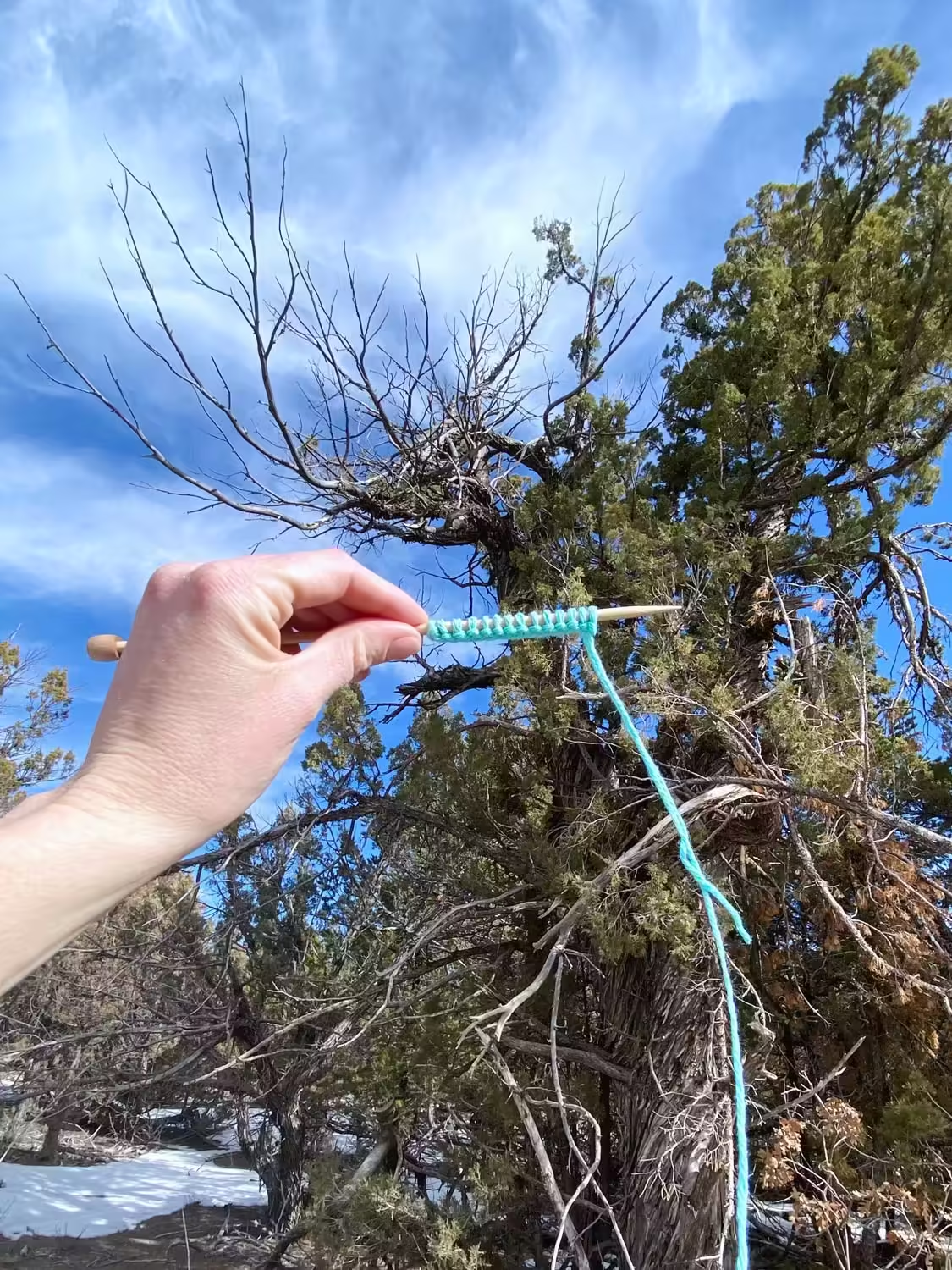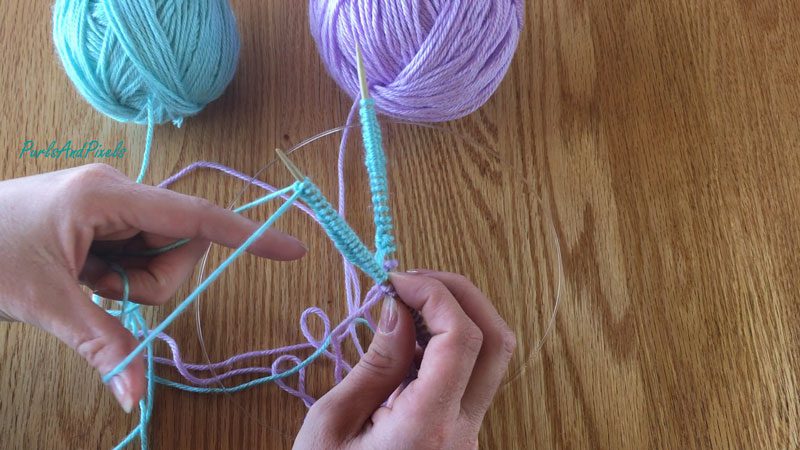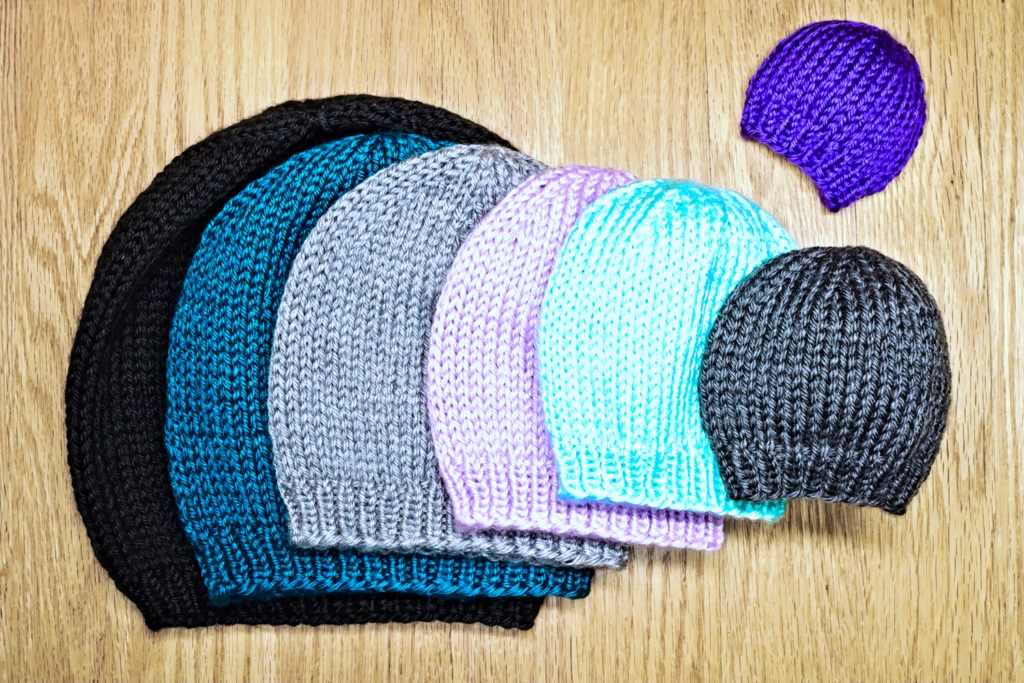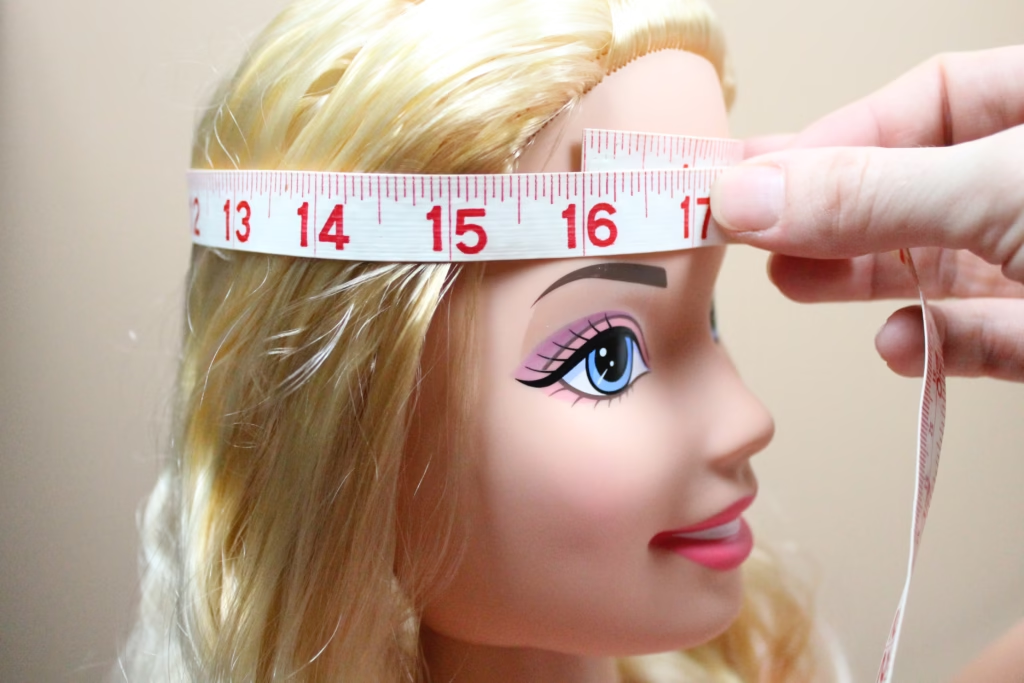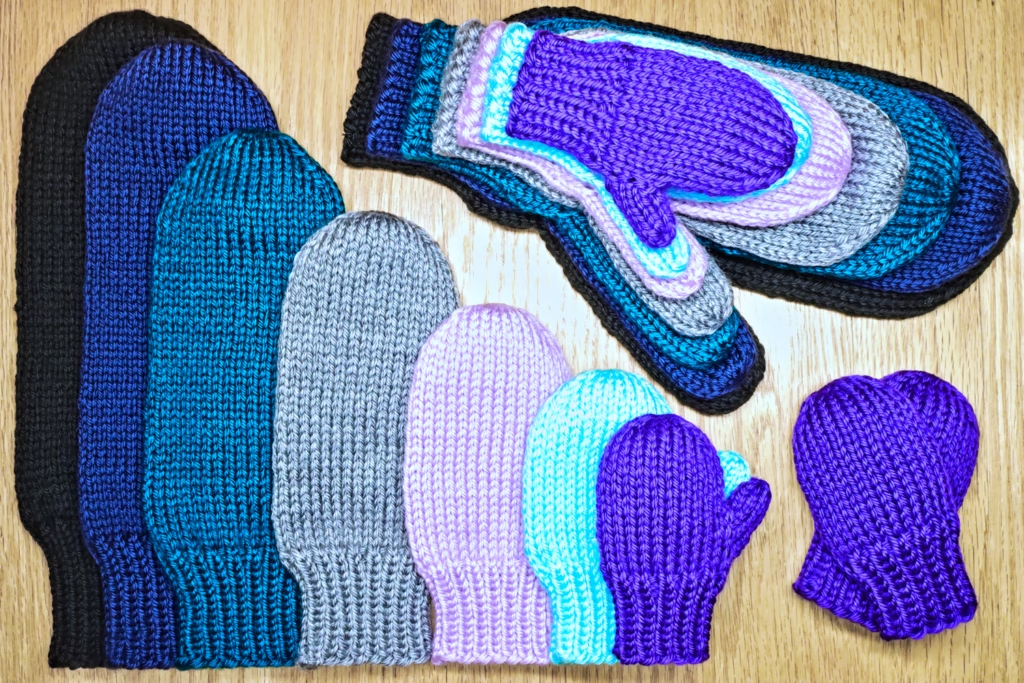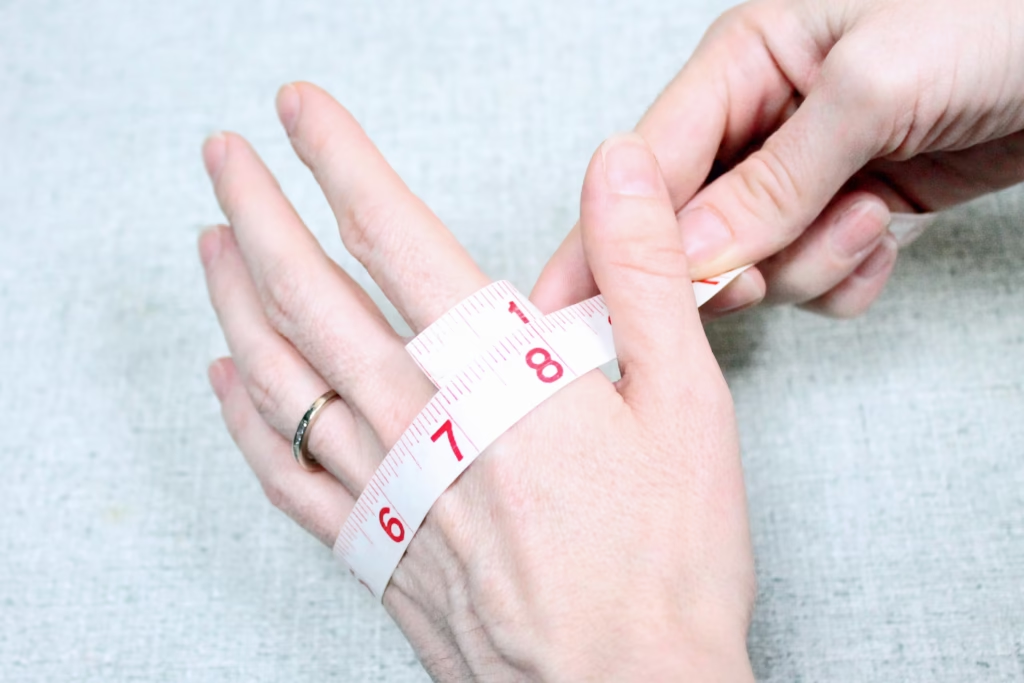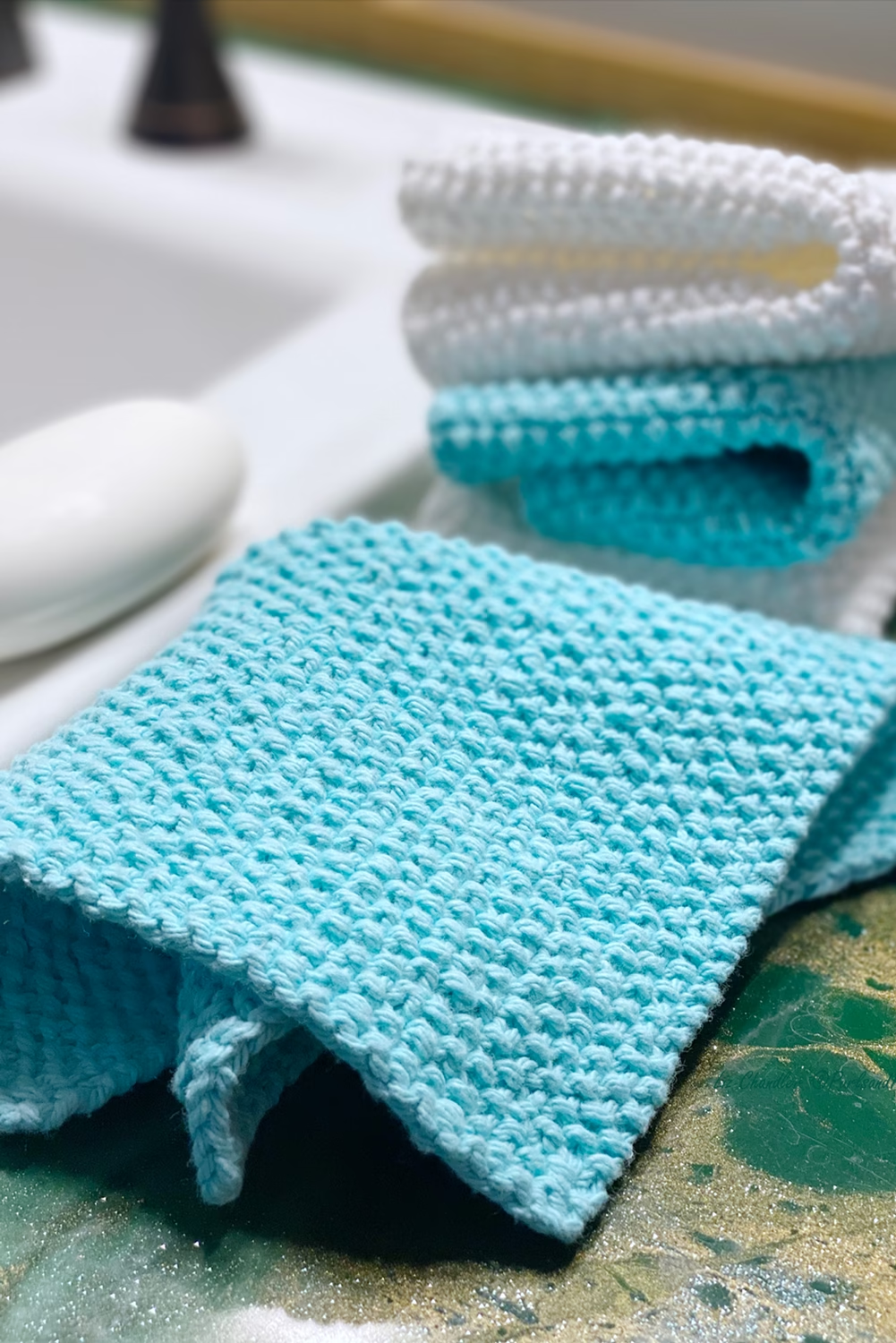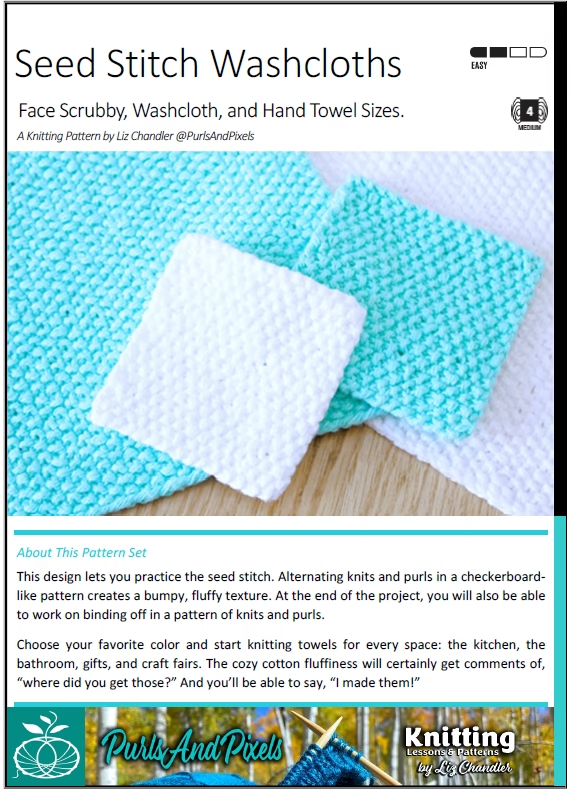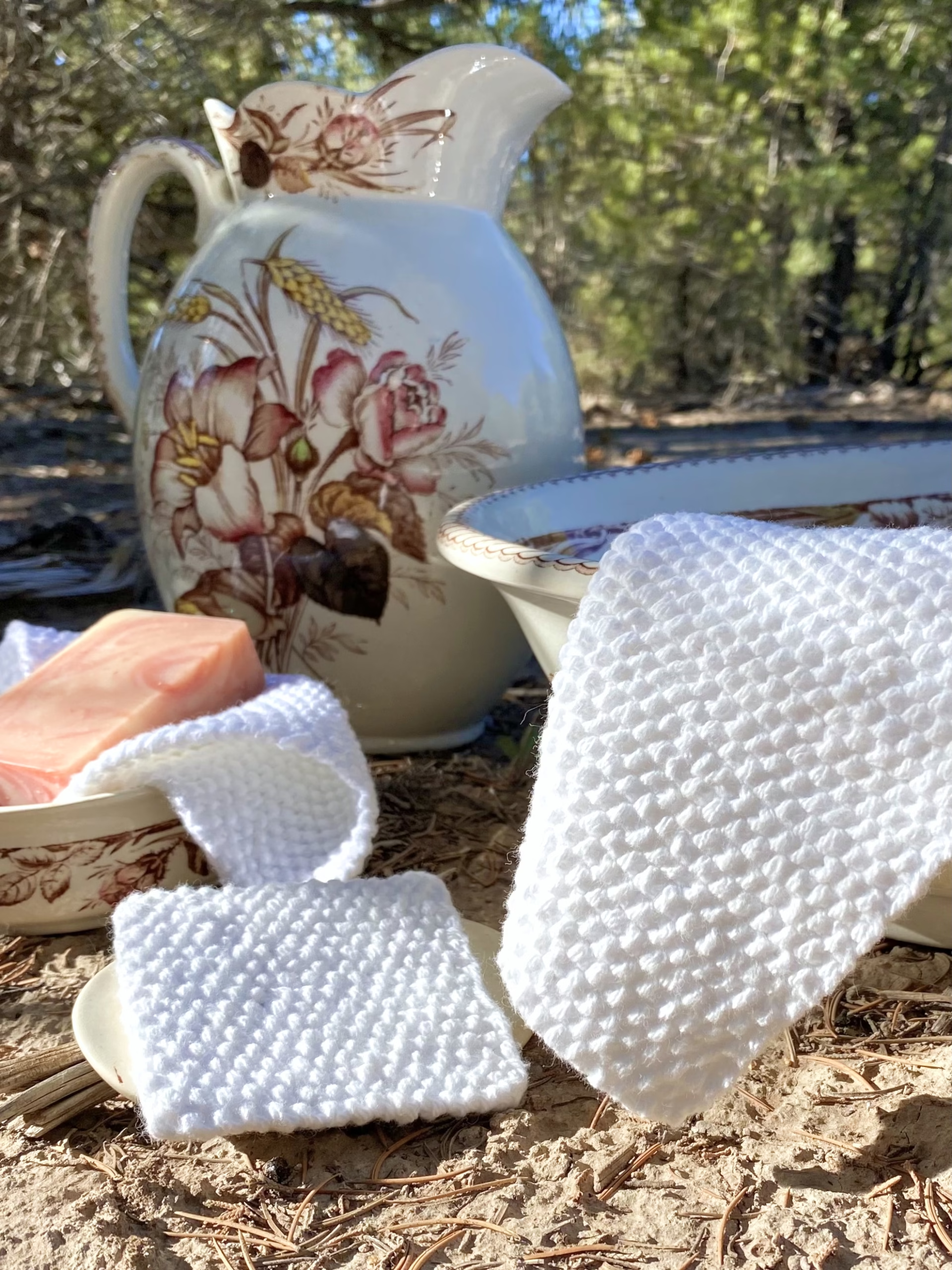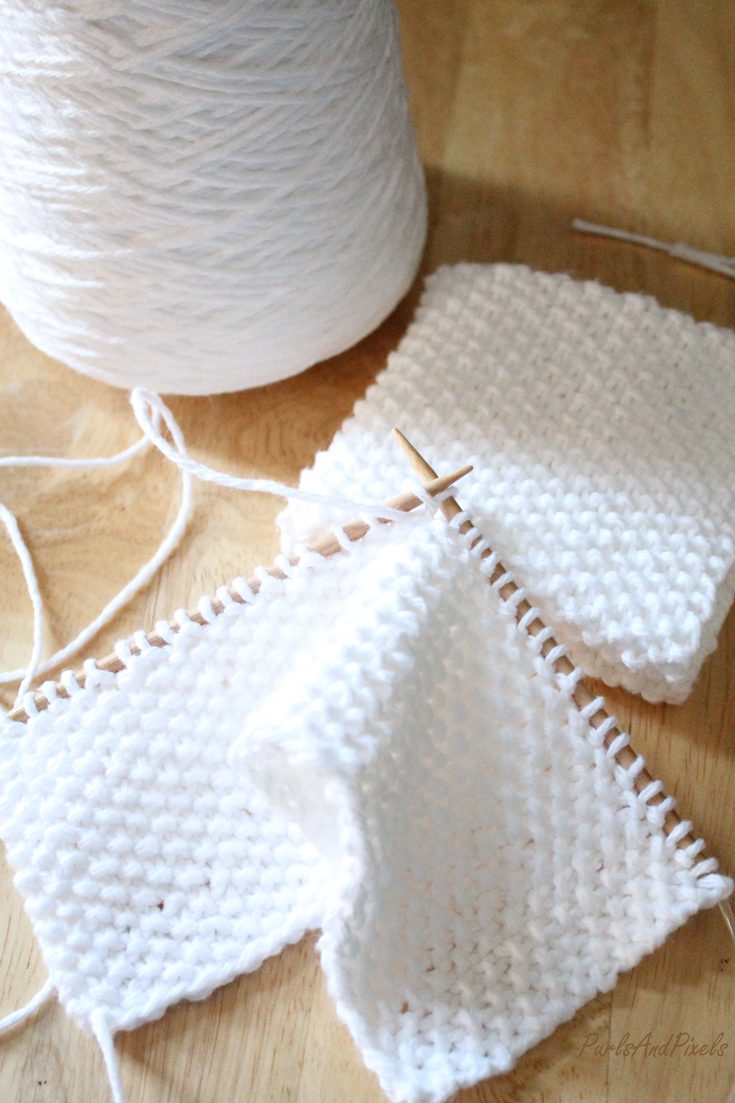Ready to knit something practical and pretty? This beginner-friendly seed stitch washcloth pattern is a fast and relaxing way to learn a new texture. The seed stitch gives your cloths a soft, nubby feel that’s both exfoliating and absorbent. They’re perfect for scrubbing faces, dishes, or both (just not at the same time, please).
About Seed Stitch Washcloths
Knit with 100% cotton yarn, these reusable washcloths are eco-friendly, long-lasting, and way better than anything store-bought. Stack a few in cheerful colors, tie them with twine, and you’ve got a thoughtful handmade gift for baby showers, housewarmings, or just because.
Prefer to knit offline? (Download Printable Knitting Pattern)
This pattern is free to read below, but if you’d rather print it or save it for later, I’ve created a clean, ad-free PDF version for you.
- Includes complete, row-by-row instructions
- Two extra sizes (scrubby and hand towel)
- Easy to print or use on your tablet
- Supports my small business 💖
How this Seed Stitch Washcloth Free Knitting Pattern is Made
The seed stitch is one of the easiest (and cutest) knitting textures to learn. You create it by simply alternating knit and purl stitches, no fancy tricks required. The result? A bumpy, textured fabric that looks way more impressive than the effort it takes. Just follow the pattern below, and you’ll be stitching up cozy, scrubby goodness in no time.
This Seed Stitch Washcloth is knit flat, turning after each row.
You will need to know how to:
Materials
Yarn
One 95-yard (2 ounce) skein of cotton worsted weight yarn* (shown in Lily Sugar ‘n Cream 100% Cotton Yarn), in your choice of color.
– one washcloth uses about 71.25 yards (1.5 oz.)
*Shown in Lily Sugar ‘n Cream 100% Cotton Yarn in “Robins Egg” and “White” (#AffiliateLinks). Weights estimated with Lily Sugar n’ Cream yarn; other yarn weights may vary. Weight does not include gauge swatch. A 4×4 inch gauge swatch with a 2 row by 3 stitch border uses an additional 19 yards (0.4 oz.).
Knitting Needles
Long Circular Needles
36-inch (91 cm) long US No. 7 (4.5 mm) circular needle (or size needed to obtain gauge)
Or Straight Needles
9-inch (23 cm) long US No. 7 (4.5 mm) straight needles (or size needed to obtain gauge)
Notions
Darning needle (for weaving in loose ends)
Gauge
19 stitches x 26 rows = 4 x 4 inches in stockinette stitch on No. 7 (4.5 mm) needles. (Learn how to check your gauge here.)
Abbreviations
- k = knit
- p = purl
- ** = repeat the pattern between the asterisks
Seed Stitch Washcloth Free Knitting Pattern Instructions
(8 inches x 8 inches after washing in cold water; 8.5 inches x 9.25 inches before washing)
Use the long-tail cast on method. Knit flat, turning after each row.
Row 1: Cast on 40 stitches. Turn.
Row 2: *k, p* x 20. (40 stitches) Turn.
Row 3: *p, k* x 20. (40 stitches) Turn.
Rows 4 – 73: Repeat rows 2 and 3.
Row 74: Bind off loosely in the pattern of Row 2. Cut yarn, leaving an 8-inch tail, and pull through. Weave in ends.
In cold water, hand wash or machine wash on delicate. Block while still wet, ensuring cloths are roughly 8 inches square, then allow to air dry.
Seed Stitch Free Knitting Size Notes
This washcloth will be an 8-inch by 8-inch square.
Care
If you use the materials called for in the pattern, your final product will be machine washable. To keep your seed stitch washcloth looking its best, hand wash or machine wash separately on delicate cycle in cold water. You may tumble dry on low heat.
🛁 Read more Knitwear Care Tips
©2016, Liz Chandler of PurlsAndPixels. Revised 2021, 2025.
This pattern is for personal use, gifting, and charitable donation of completed items. You may also sell handmade items created using this pattern. Do not copy this pattern and distribute it. If you’d like to share the pattern, refer your friends to my website, purlsandpixels.com so they may obtain a copy.
If you find any errors or have any questions, email purlsandpixels@gmail.com and I will do my best to help.
I’d love to see your finished work! Tag your photos with @PurlsAndPixels on Twitter or Instagram.
More Knitting Patterns You’ll Love
🛁 Simple Washcloth Knitting Pattern Collection
🧼 All Knitted Dishcloth Patterns
🧣 Classic Knit Scarf Pattern
🧺 All Knitting Patterns
Don’t Miss a Stitch 💌
Love cozy knitting projects? Follow along on YouTube, Pinterest, and Instagram,
or join the newsletter for more free patterns and gentle knitting tips.




